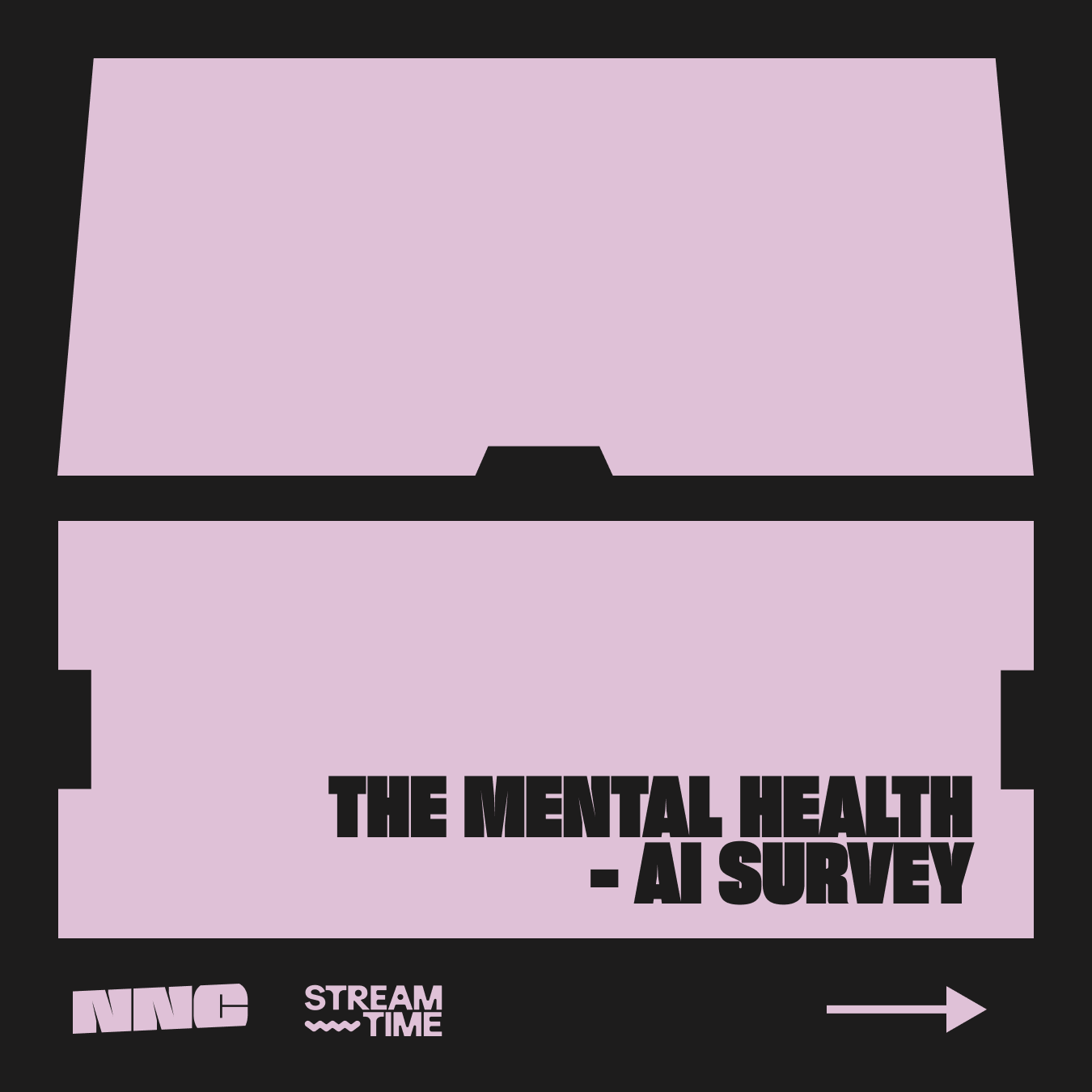“
Together we built a space that was underscored with honesty, compassion and encouragement where we discussed deep topics of the BIPOC experience.”
To kick us off, could you tell us a bit about your background?
My name is Alanna, I'm a second generation Filipina-Australian creative living and working on Wurundjeri Woi Wurrung Land. I completed a bachelors degree in Advertising at RMIT University, specialising in art direction and graphic design.
Besides my communications and design work, I'm an artist and writer. My creative practise explores the multiplicities that characterise the Filipino/Filipina-Australian cross-cultural experience. I transfer this notion throughout my professional work in advertising and design spaces as an asian woman in Australia.
What attracted you to the Here Now program?
The opportunity to connect with emerging BIPOC creatives and BIPOC senior figures in Australia’s creative industries was a fascinating premise. At the time of application, I was a fresh graduate who was overwhelmed and unsure of where to start in my professional career.
As a young Asian woman, I felt like I was not made aware of any senior BIPOC figures; those who at one point would’ve shared the same worries surrounding the intersections of culture, upbringing, and professional life. I felt that joining Here, Now would bridge that gap.
What insights have you gained from being a part of Here Now?
My mentors outlined their professional and personal experiences in their creative fields with sincerity. They gave the mentees advice that we could apply as we navigate the industry from pitching, tailoring our portfolios, and embracing our heritage in professional spaces.
As the discussions developed each month, connection and community was continuously highlighted to me. As BIPOC creatives in Australia, we bring a rich multitude of cultural and personal experiences to our practice. Being able to speak with other BIPOC individuals, about our mutual and individual experiences, I grew to appreciate the importance of fostering connections amongst the BIPOC collective in the creative industry. The support and empathy we have for each other is incomparable. The sense of community encourages BIPOC individuals to feel comfortable, seek advice, thrive, celebrate our diversity, and pursue ambitions in our professional careers.
How was the experience of connecting with BIPOC individuals within the industry?
It was an insightful experience connecting with graduate, junior, and senior BIPOC creatives. Each monthly meeting tackled a scope of queries I had through discussions surrounding the BIPOC experience both professionally and personally.
As the sessions progressed, I felt more comfortable in taking the next steps in starting my career. My peers and mentors shared their stories with authenticity. Together we built a space that was underscored with honesty, compassion, and encouragement where we discussed deep topics of the BIPOC experience, provided meaningful feedback to each other, and celebrated each other’s achievements.
I was able to establish meaningful connections with my mentors and feel comfortable reaching out to them with my questions today!
How would you describe your experience of being BIPOC within the industry?
Throughout university, I realised I was one of few BIPOC in my program. I was conscious of the lack of representation for BIPOC creatives, but I was never made aware of senior art directors, studio heads, and creative directors during this time. I felt like I was in-between two worlds which separated cultures.
Later I learned to seek them out, read interviews, search the credits of a campaign, design, or artwork, watch videos, stalk portfolios and Instagram accounts, find books by BIPOC individuals all to fill in that gap. I felt optimistic and excited.
Seeing names of BIPOC figures in industries I admire, I’ve learnt to use my heritage as a point of reference. I tap into the cultural practises and stories of my family for inspiration, insight, and creative problem solving. I contribute my experiences to the creative processes within a team. Although I believe creative industries need to make greater efforts to represent the hundreds of cultures in Australia, seeing other BIPOC individuals succeed in various creative industries has allowed me to celebrate my own existence as a Filipina-Australian.
Do you have any last thoughts you’d like to share?
I would highly recommend any final year, graduate, and junior creatives to join the program!











